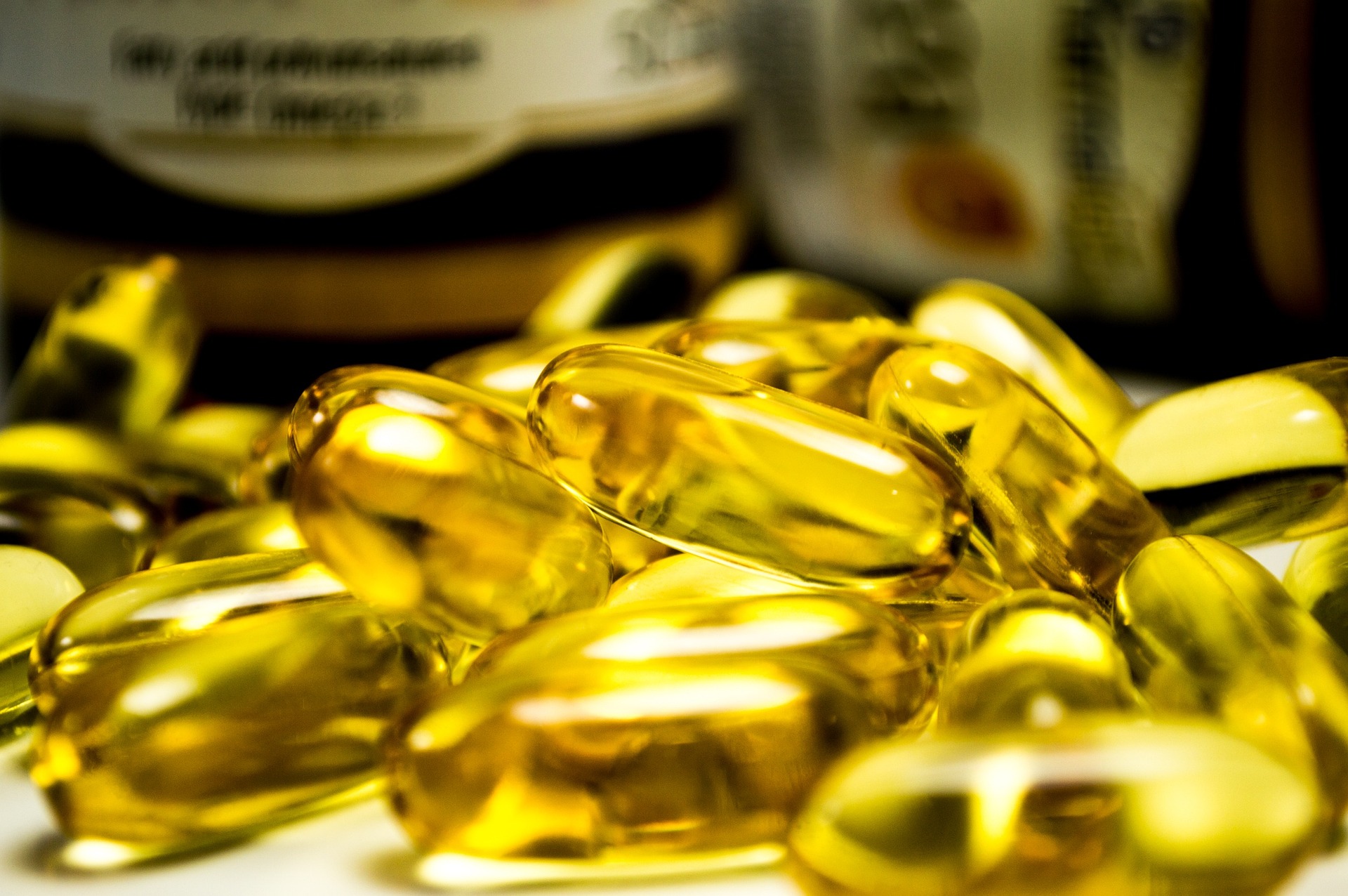
There are certain nutrients your body can’t make, and you must obtain them from your diet. Omega-3 fatty acids fall into this category. Surprisingly, research shows that 95-99% of the population isn’t getting enough omega-3 fatty acids for optimal health. An omega-3 deficiency has even been associated with arthritis, heart disease, depression, and more. Here’s a deep dive into the omega-3s, why you need them in your diet and the top sources.

Why are omega-3 fatty acids considered essential?
Omega-3s are called essential polyunsaturated fatty acids because your body can’t make them, but you need them for bodily processes like brain function and heart health. There are 11 different omega-3s, but the three most significant are DHA, EPA, and ALA. ALA is a short-chain fatty acid, whereas DHA and EPA are long-chain fatty acids.
Most health organizations recommend a daily intake of at least 250-500 mg of omega-3s per day for healthy adults.

DHA
Your body needs DHA or docosahexaenoic acid for your skin and the retinas in your eyes. A deficiency of DHA earlier in life has been linked to problems later on, such as ADHD and aggressive hostility. DHA deficiency could even be associated with impaired brain function and the development of Alzheimer’s disease. You’ve probably heard people talk about taking fish oil to make their brain work better, and with good reason, because DHA is vital for brain tissue growth and function, especially during infancy and early development.
Today, lots of people are dealing with chronic conditions like type 2 diabetes, high blood pressure, arthritis, and some cancers. DHA could help improve these conditions, cholesterol, and heart health.
You can source DHA primarily from the following foods:
- Fatty fish like herring, sardines, and salmon
- Pastured eggs
- Grass-fed animal products like meat and dairy
- Liver and other organ meats
- Fish oil and krill oil supplements
- Algae oil
Fatty fish like sardines and salmon are an excellent choice. For example, 3.5 ounces or 100 grams of sardines provide 1,480 mg of omega-3s.
3.5 ounces or 100 grams of cooked, farmed Atlantic salmon gives you 2,260 mg of omega-3s. Algae is the only vegan source of DHA and EPA.

EPA
Your body uses EPA or eicosapentaenoic acid to produce signaling molecules that actively lower inflammation — a key driver of a range of chronic diseases. This is another reason why health experts and advocates recommend taking fish oil or consuming more fish to lower inflammation. Fish oil has especially high amounts of EPA and DHA, which could even help with depression.
You can source EPA mostly from the following foods:
- Fatty fish like sardines and mackerel
- Pastured eggs
- Grass-fed animal products like meat and dairy
- Liver and other organ meats
- Fish oil and krill oil supplements
- Algae oil

ALA
ALA, or alpha-linoleic acid, is a precursor of DHA and EPA that serves important cellular functions, including energy production.
Your body can produce ALA, and it’s also mostly found in plant foods, such as:
- Soybeans
- Walnuts
- Kale
- Spinach
- Flax seeds
- Chia seeds
- Brussel sprouts
- Broccoli
- Kale
ALA is also present in high amounts in seed oils like flaxseed and canola and in smaller amounts in certain animal fats. ALA is more prevalent in the American diet, largely due to the widespread use of seed oils.

What is the conversion process?
Your body can convert ALA to DHA or EPA, but this conversion process is inefficient, with only a minor percentage of ALA actually converting to EPA or DHA. In some people, this conversion process is severely restricted. Research reveals that, on average, only a surprising 0.5-5% of ALA is properly converted into DHA and only 1-10% into EPA. Any leftover ALA that isn’t converted is stored or used for energy.
The conversion process requires adequate levels of various nutrients that are often lacking in a standard American diet and a vegetarian or a vegan diet, including:
- Magnesium
- Copper
- Calcium
- Iron
- Zinc
- Vitamins B6 and B7
If you’re not getting enough calories or quality protein in your diet, this could also interfere with the conversion process. Additionally, the conversion process requires specific enzymes that are also needed for omega-6s. The standard modern diet is usually lower in omega-3s but higher in omega-6s. Due to the inefficient conversion process and diets low in nutrients and omega-3 sources, people are often lacking in DHA and EPA.

The bottom line
To obtain optimal levels of these beneficial fats, you must include these food sources in your diet. Most people aren’t getting enough, and most health professionals and advocates recommend eating a balanced, nutrient-dense diet, including omega-3 sources like fatty fish, eggs, broccoli, and chia seeds. Many people also take fish oil, krill oil, or algae oil supplements. Omega-3s are known to reduce inflammation, the risk of heart disease, and more.
Editors' Recommendations
- Chamomile tea only gets healthier when you add lavender — here’s why
- 1 of 2 American adults aren’t getting enough magnesium – these foods will help (avocado, tuna, and more)



